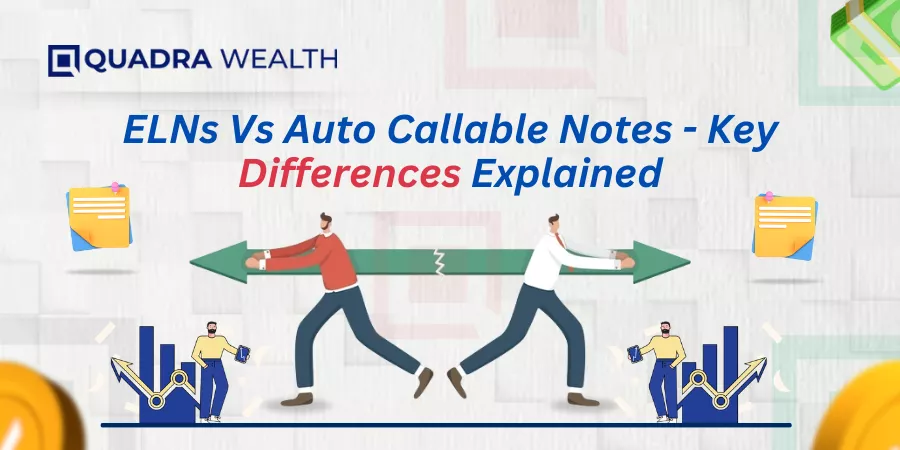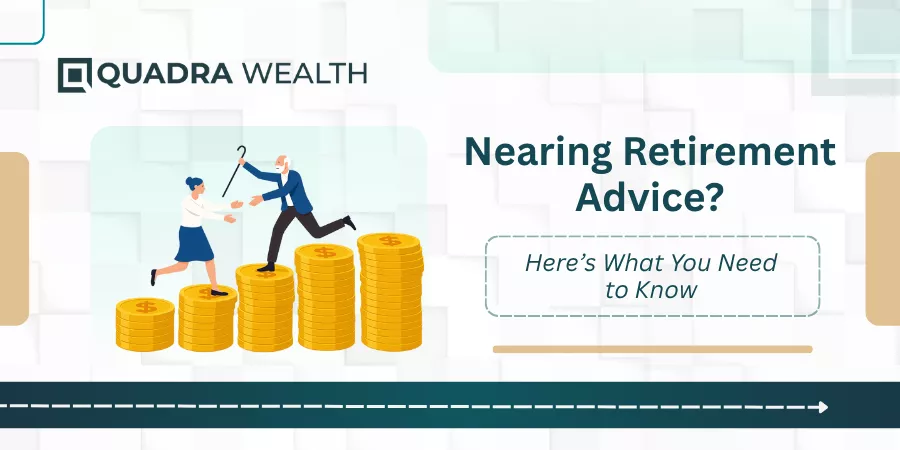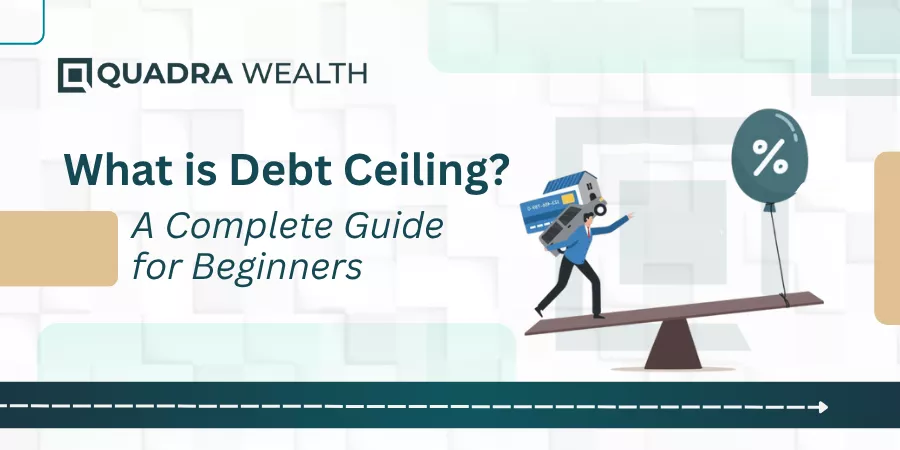Introduction
ELN stands for Equity-Linked Note. With ELN, you have the structured note that predominantly underlies equity-based assets. The asset allocation predominantly comprises equity products like shares, a basket of high-paying securities, stocks, derivatives, and market index products to name a few.
While the investor gets his capital protection done to a certain extent, the returns on capital are highly gauded by the performance of the underlying assets that the notes are linked to. If the performance of underliers of the note does well in the market and achieves specified price points, then investors get a complete redemption of their capital and receive interest or coupons in lieu of the same.
On the contrary, while the performance of underlying assets drops significantly and lie much below the expected price points during the time of maturity, owing to volatile market conditions, then the investor might lose a significant portion of his capital wallet.
With respect to auto-callable notes, the notes get their purchase points observed during said intervals. We call them observation periods or auto call dates. When the prices increase or improve from their initial purchase points, then the notes get auto-called instantly.
However, the notes might not get auto-called either. It is at the discretionary norm of the product issuing firm. In this case, the assets are realized at their cap investment value and interest earnings. The investors get coupon payouts from time to time with respect to auto-callable notes too.
Would you love to learn more interesting points of differences covering ELNs vs Auto Callable Notes? Well then, we have got you completely covered here:
Looking at the Underlying asset allocation
Equity-linked Notes or ELNs are typically linked to the performance of a single stock, a basket of stocks, or high-paying securities. The products are mainly equity-based derivatives that underlie the notes as such. Therefore, the value of the entire note depends on how the equity index of underliers performs at that point in time.
Whereas, with respect to Auto Callable Notes, apart from the fact that these notes can also be linked with equity indices, credit notes, or currencies, the notes also have an automatic call facility. The notes once auto-called with purchase points equaling the spiral points, the notes get redeemed even before the maturity of the term asset. Here, the notes are redeemed immediately for the investors.
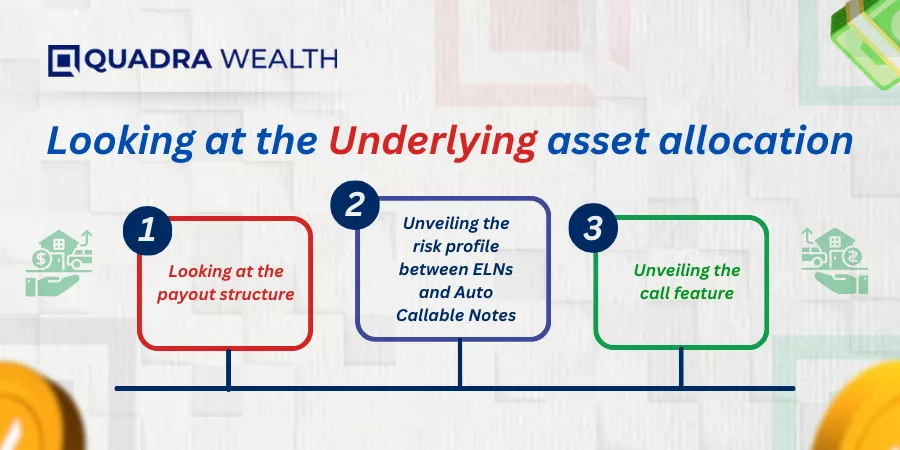
Looking at the payout structure
With respect to ELNs, this is how the payout mechanism works for the investors on the whole. If the performance of underlying assets fares well inside the market, the potential returns on investment far outnumber that of traditional bonds or fixed-income securities. Here, the investors receive fixed or floating coupons or even additional payouts like dividend earnings if the underlying equity does really well.
Whereas, auto-callable notes offer investors conditional payouts. When the underlying assets achieve specific knock-ins or call-level prices, the notes redeem automatically offering investors their principal investment and coupon payouts that accumulate on the same. This is conditional as the underlying assets must reach their expected levels at said auto-call periods as decided by the product issuance firm.
On the contrary, if the notes are not auto-called, the performance of underlying assets is gauged based on the index values of assets at the time of maturity wherein investors receive their cap wallet plus performance-based earnings.
Unveiling the call feature
ELNs do not have an auto-call facility. The notes do not redeem early and are held by investors until the time of their maturity. The product issuers gauge the performance of assets at the time of redemption of the investment to decide the final investment value of the notes whose payout is made as a bank transfer or as a wireless settlement to investors.
Whereas, with respect to Auto Callable notes, these notes have a special auto-call facility embedded on them by the respective product issuing firms at the stages of the notes’ inception. Here, as the underlying assets hit a certain price level on specific dates, the note is redeemed early and investors receive a return often higher than the original principal amount.
Unveiling the risk profile between ELNs and Auto Callable Notes
The underlying assets are generally exposed to the downside risk of equity-based price movements. And, this is primarily the deciding factor that tells us whether the investor might receive an enhanced cap plus interest earnings on the investment portfolio or not.
In a way, the investors are exposed to the price movements of underlying equity. However, some ELNs do provide a minimum downside protection against the volatility of underlying equity.
Whereas, with respect to auto-callable notes, the risk profiling looks similar to ELNs except for one thing. This is the inclusion of the automatic redeem facility that gets embedded on these notes at their stages of inception itself. When the notes redeem early, then this event further restricts upside equity participation for underlying equity for investors. This is because once the notes get auto-called they redeem and cease to exist further for the investor.
If the underlying equity has the potential to achieve better prices when held until maturity, because they redeem early, investors are unable to capitalize on the rise in prices with auto callable notes as compared to seeing the returns with direct investment options.
In a nutshell, the upside participation rate to underlying equity is lesser for autocallable notes as compared to ELNs.
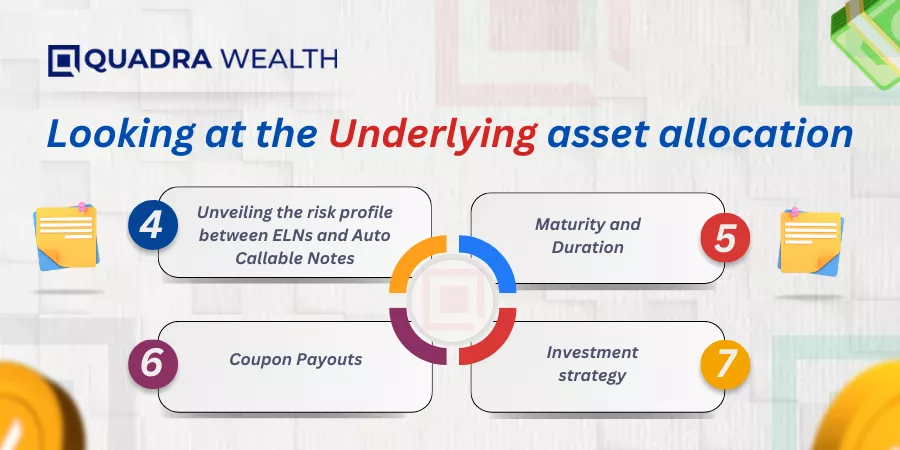
Maturity and Duration
Whereas, with respect to Auto Callable Notes, these notes are fitted with a predefined call schedule. The notes are redeemed earlier only if the underlying assets meet the specific trigger level points during specific observation dates. Otherwise, the notes may have to be retained until the time of maturity.
On a general note, it can fairly be concluded that auto-callable notes redeem earlier than their original tenor periods.
Coupon Payouts
ELNs offer fixed as well as floating coupons to their investors. However, the amounts commensurate with how well the underlying equity performs in the market place and therefore these payouts differ from one term to another. The principal protection is higher for ELN investors and they get redemption of their initial investment in most scenarios.
Whereas, with respect to auto-callable notes, the coupon payouts are usually contingent on the performance of underlying equity. And, the investors are usually offered higher coupon payouts over ELNs are the investors are exposed to the auto-call feature.
Investment strategy
ELNs are usually opted for by investors who may want to gain added traction over the equity market camouflaged with a certain degree of downside protection with enhanced yield options as compared to your regular bonds or fixed-income securities. And for the investor, all of this happens without directly owning the stocks or shares.
Whereas, with auto-callable notes, these are investment options that typically appeal to investors that prefer a possibility of an earlier redemption in exchange for higher coupon payouts or enhanced earnings as compared to regular investment options. The only criteria here is that the underlying assets must reach the specific knock-in levels when they are being auto-called.
The Bottom Line
While ELNs are straight forward investment options that underlie equity-based derivatives, auto call notes have a special auto call feature as embedded to them by product issuers at their initial stage of inception.
And that makes all the difference between the two although the other aspects between ELNs and auto call notes are more or less similar.
Which of the two is going to be your go-to option? Do state on the comments below!

